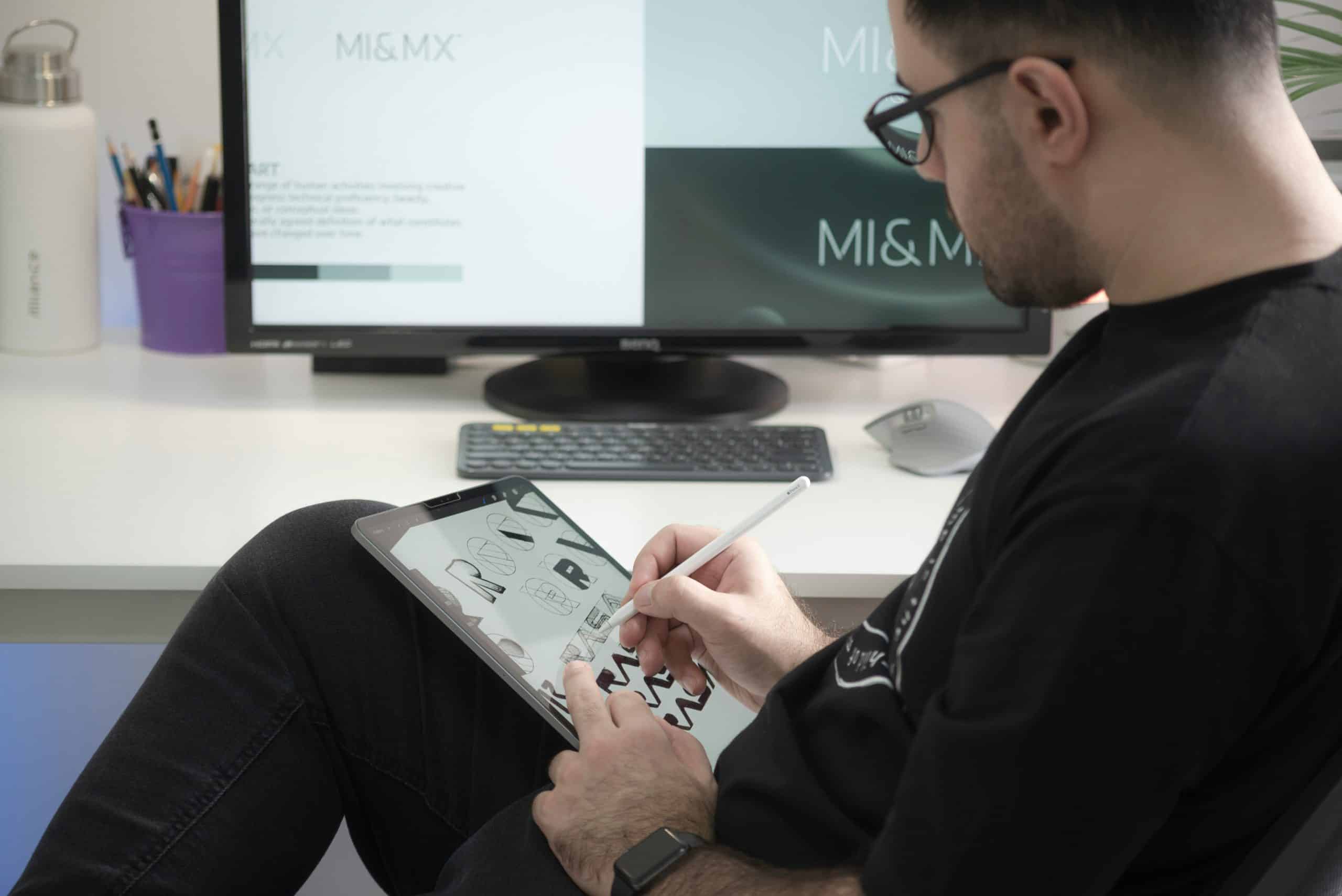Cultivating creativity: techniques to boost innovation

Creativity is a vital tool in the arsenal of every successful business. It is the ability to envision novel solutions to complex problems and to think beyond traditional boundaries. It’s the spark that fuels innovation and drives businesses forward. However, creativity is not a switch that can be turned on and off at will. It needs nurturing, encouragement, and the right environment to flourish. Whether you are a team of business innovators striving to keep ahead of the competition, students trying to approach learning from a fresh perspective, or a teacher aiming to foster creativity in the classroom, cultivating creative skills is of paramount importance. This article will explore several techniques to boost creativity and innovation, from fostering a creative culture to employing specific problem-solving methods.
Fostering a Creative Culture
Creating an environment that encourages creative thinking is foundational to cultivating creativity. Whether it’s in the workplace or the classroom, fostering a culture of creativity can help everyone feel inspired and free to express their ideas.
En parallèle : Which necklaces to choose according to your dress?
A creative culture is one that values open-mindedness, encourages experimentation, and isn’t afraid of failure. It allows time and space for brainstorming sessions, where no idea is too wild or too simple. In a creative culture, everyone’s voice matters — from the newest recruit to the CEO. It’s a culture that understands that truly innovative solutions often come from diverse viewpoints.
Implementing this kind of culture in your work or learning environment might require a shift in thinking. It means stepping away from rigid structures, moving towards a more flexible and collaborative approach. It requires leaders who are willing to listen, adapt, and create room for experimentation.
Dans le meme genre : Wedding Photographer in Provence: Your Unique Moments
Encouraging creative thinking in students
Education has a crucial role in fostering creativity. Unfortunately, traditional classroom settings can sometimes stifle creative thinking. However, there are ways to encourage creativity among students and make learning more engaging.
For starters, encouraging curiosity is essential. This involves creating an environment where students are encouraged to ask questions, explore different ideas, and take risks. A classroom that values questions as much as answers fosters a culture of inquiry and curiosity.
Project-based learning is also an effective way to cultivate creativity. This teaching methodology allows students to work on real-world problems, thereby enhancing their problem-solving skills. It gives them the opportunity to apply their knowledge in practical ways and encourages them to think outside the box.
Peer-to-peer learning can also boost students’ creativity. By working in groups, students get to share their ideas and learn from one another. This not only aids in problem-solving but also promotes a culture of collaboration and respect for different ideas.
Employing Creative Problem-Solving Techniques
Creative problem-solving techniques can be powerful tools in the pursuit of innovation. These methods aim to shift your perspective, allowing you to see problems from different angles and thus arrive at innovative solutions.
One popular technique is brainstorming. This involves generating a multitude of ideas, without initially evaluating their feasibility. The aim is to encourage free thinking and to generate as many ideas as possible.
Another valuable technique is mind mapping. This tool helps to visually organize information, making it easier to see connections between different ideas. It’s an effective way to explore various aspects of a problem and to generate innovative solutions.
The Six Thinking Hats method, developed by Edward de Bono, is another effective strategy. This technique encourages you to explore a problem from six different perspectives, each represented by a different "hat". This not only helps in problem-solving but also promotes a more balanced and comprehensive understanding of the issue.
Developing Individual Creativity
While fostering a creative culture and using problem-solving techniques are crucial, it’s equally important to develop individual creativity. After all, a team is only as creative as its members.
One effective way to boost individual creativity is through continuous learning. Whether it’s taking up a new hobby, attending workshops, or reading widely, learning new things can help foster creativity. It exposes you to different perspectives and ideas, thereby broadening your thinking.
Spending time in nature can also enhance creativity. Research has shown that nature can boost creativity, reduce stress, and increase focus. Even a short walk outside can help clear your mind and spark new ideas.
Finally, practice and persistence are key. Developing creativity is a journey, not a destination. It requires patience, the willingness to take risks, and the resilience to bounce back from failure.
In conclusion, cultivating creativity is crucial for innovation. It requires fostering a creative culture, encouraging creative thinking in students, employing creative problem-solving techniques, and developing individual creativity. With these strategies in place, you can pave the way for innovation and success.
The Role of Critical Thinking in Cultivating Creativity
Critical thinking plays a pivotal role in fostering creativity. It is a mental process involving analysis, evaluation, and problem-solving. By honing critical thinking skills, individuals can generate innovative solutions and create novel strategies that drive progress.
A critical thinker analyzes situations, identifies problems, and finds solutions. They are capable of assessing different perspectives, questioning assumptions, and dissecting information to understand the root cause of a problem. They are not merely observers; instead, they challenge the status quo and push boundaries to bring about positive change.
In a business context, critical thinking could involve identifying inefficiencies in a process, finding ways to optimize resources, or developing new business models. In the classroom, it may involve critically evaluating theories, identifying gaps in understanding, and finding creative ways to learn and teach.
Business owners and leaders can foster critical thinking by encouraging open-ended discussions, promoting curiosity, and providing challenging tasks that push team members to think beyond conventional methods. In the classroom, teachers can stimulate critical thinking by introducing complex problems that require analytical and creative problem-solving skills.
Utilizing critical thinking skills allows for a more comprehensive guide to problem-solving and enriches the process of cultivating creativity. A creative space that promotes critical thinking is a fertile ground for innovation and creativity.
Embracing Failure as a Path to Innovation Creativity
Failure is often seen in a negative light. However, when it comes to cultivating creativity, failing can be a valuable part of the process. Embracing failure, rather than fearing it, can open up new avenues for creative thinking and innovation.
Failure can provide potent learning opportunities. When an idea doesn’t work out, it can reveal gaps in understanding, shed light on flawed assumptions, and challenge established ways of thinking. It can prompt a reassessment of strategies and inspire new, more effective solutions.
In the business world, failure can stimulate innovation. Failed products or strategies can lead to a hard look at what went wrong, sparking creative problem-solving and leading to better, more successful ventures. Similarly, in education, a failed project can provide students with a chance to critically analyze their work, learn from their mistakes, and cultivate creativity in finding new ways to approach the task.
To reap the benefits of failure, it is essential to foster a culture that views failure as a stepping stone towards success. Encourage team members to take risks and experiment with new ideas. Promote a learning environment that values effort and growth over perfect results.
In conclusion, embracing failure as a path to innovation can be a powerful way to cultivate creativity. Coupled with fostering critical thinking skills, these approaches can create a rich environment for creative problem-solving and innovation.
Conclusion
Innovation and creativity are critical drivers of progress, whether in business, education, or personal development. Cultivating creativity involves fostering a creative culture, employing creative problem-solving techniques, encouraging creative thinking, and developing individual creativity. Critical thinking is a valuable tool in this process, allowing for comprehensive problem-solving and innovative solutions. Meanwhile, embracing failure as an opportunity for learning and growth can lead to greater innovation creativity. Ultimately, cultivating creativity is a continuous journey that requires curiosity, resilience, and an open mind. With these strategies in place, the path to innovation and success becomes a truly exciting and rewarding journey.
